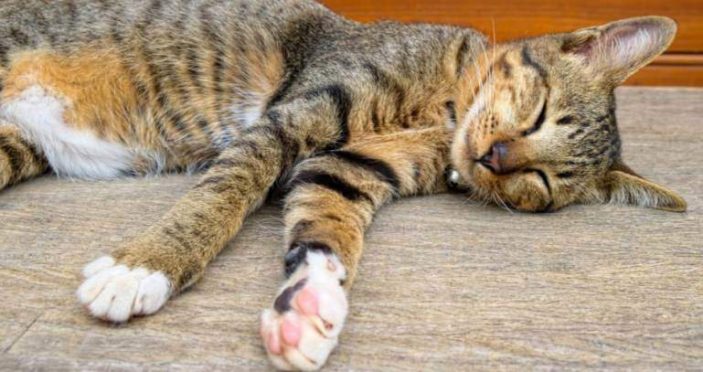Cats, like many other mammals including dogs, rodents, primates except human beings, rabbits, and so on have whiskers also known as vibrissae.
We have looked at the purpose of whiskers on felines, why they fall off, whether you can trim them or not as well as other general FAQs.
Therefore, to answer the question, yes, cats have whiskers on their legs known as carpal vibrissae. However, they are only found on the backside of their forelimbs above their paws near their wrist and not on their paws.
These, in addition to the ones on their facial area ( on upper lips cheeks, on top of their eyes, on chin or jaws) make up all the vibrissae that these animals have.

Why do cats have whiskers on their legs?
Having states that these pets have them, it is obvious to what to know why they have them on their legs or how do they help them?
The main purpose is to sense, and they can detect even subtle vibration which will be picked by nerves at the hair follicle and transmitted to the nervous system.
To be more specific as Canidae.com notes, they help them “judge where the prey they’re hunting is and how large it is.” This means that they are essential in not only knowing where their prey is since they are far-sighted and might not see it well but also how large it is. Also, their paws will be covering the prey.
Once they know these two, they will then decide when to make a lethal bite to kill their prey. Afterward, they will also be helpful in determining if their prey is dead or still alive and how much it is struggling while carrying it home.
Secondly, according to Care.com “the whiskers on the backs of your cat’s legs can actually help her climb trees better.” Also, they can also help them when jumping to narrow edges or jumping off them.
Although most indoor cats may not hunt their food on their own, it does not mean that they don’t need their carpal vibrissae, or they can be cut off. They need them and you should not trim or cut them off during routine grooming.
